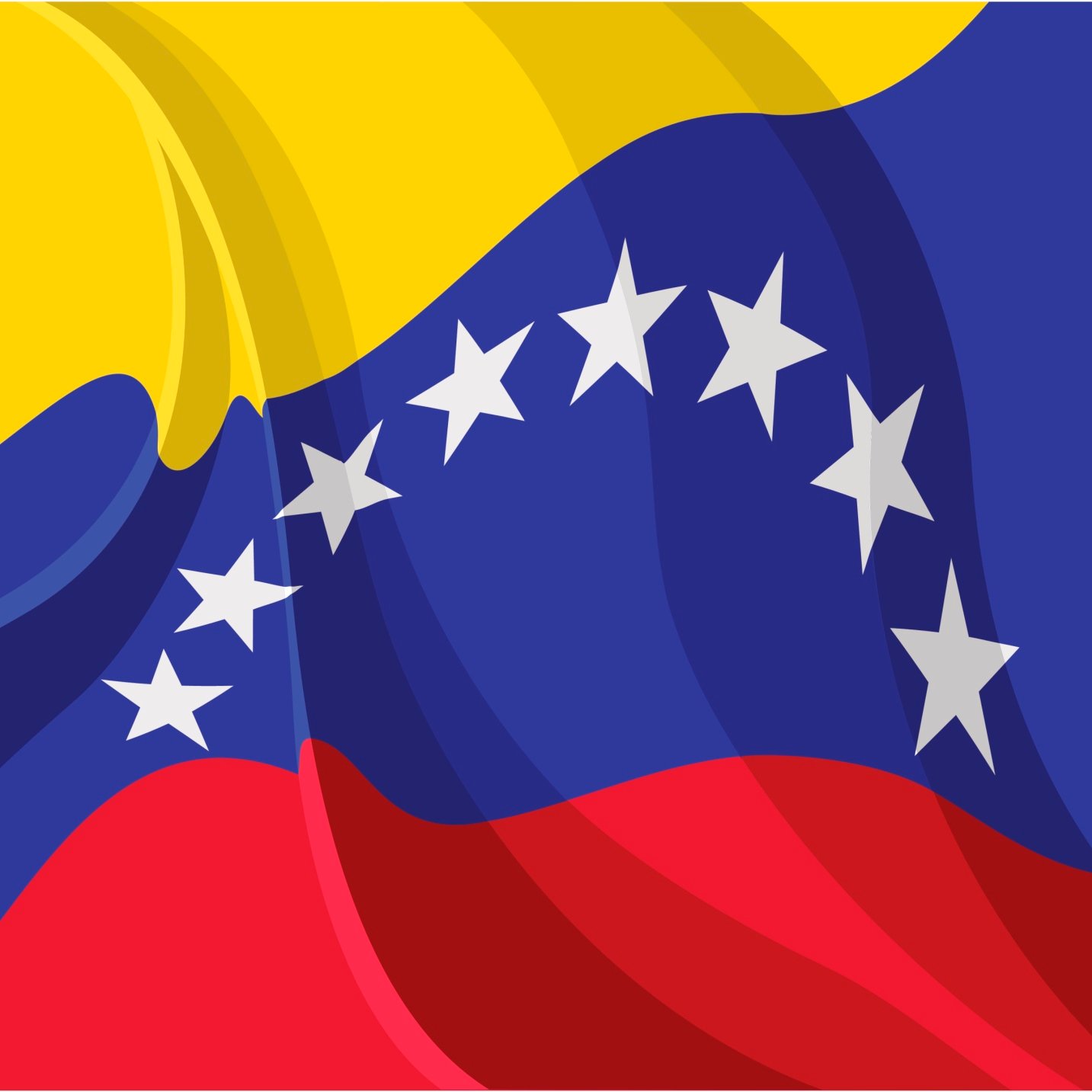Energy
Venezuela by the Numbers: Economy and Demographics

Published:
Last Updated:

According to the International Monetary Fund’s (IMF) World Economic Outlook published in April, Venezuela’s gross domestic product (GDP) declined by 18% year over year in 2016. That was the worst performance among all emerging economies tracked by the IMF and 33% worse than the performance in war-wracked South Sudan. The last IMF review of Venezuela’s financial stability (called an Article IV Consultation) occurred in 2004, the longest period without a review of any country except Somalia.
The current fear is that Venezuela will sink into a civil war if President Nicolas Maduro loses the support of the country’s military over the arrests of seven men, reportedly soldiers, who had called for a rebellion against Maduro. If more such incidents occur, the military could withdraw its support for Maduro if the country’s economy and social order continue to crumble.
As the country’s 2016 GDP performance shows, it’s hard to imagine how the economy could get worse. Consumer prices rose 255% in Venezuela last year, more than double the 122% increase in 2015. The IMF projects consumer price inflation will rise by 720% in 2017 and more than 2,000% in 2018. That’s not just worse, it’s catastrophic.
The country’s estimated 2016 GDP was $333.7 billion, or about $15,000 per capita, according to the CIA World Factbook. Per capita income already had fallen from $18,400 in 2014 to $17,000 in 2015.
The median age of Venezuela’s population is 28 (compared to 37.1 in the United States), and 89% of the population lives in a city. The unemployment rate in 2016 was 10.5%.
Under late President Hugo Chavez (1999 to 2013), Venezuela reached a literacy rate of more than 96% as the government took advantage of high crude oil prices to invest heavily in education. The percentage of Venezuelans living in poverty fell from nearly 50% in 1999 to about 27% by 2011, and the country made big strides in health care, infant and child mortality rates, improved access to clean water and sanitation and other social investments.
The costs of this progress were paid for by deterioration in maintenance and development of the company’s vast oil reserves, leading to declines in production and exports mostly due to a lack of maintenance and repair in the country’s vast oilfields. On the basis of proved reserves alone, Venezuela has more crude reserves than Saudi Arabia.
And Venezuela depends on oil. The country’s economy is driven by it and production is falling: from a total of 2.65 million barrels a day in 2015 to 2.37 million barrels a day in 2016 to 2.16 million barrels a day in June 2017.
Oil exports account for about 95% of the country’s total export revenues. The production declines inevitably led to lower export levels. JODI data shows a recent peak of 1.86 million barrels a day of oil exports in January 2015; for December 2016, the last month for which data is available, exports totaled 1.28 million barrels a day. Venezuela can ill afford a decline of nearly 600,000 exported barrels a day.
Venezuela’s chief trading partner is the United States, which receives about 24.5% of the country’s exports and delivers 24% of Venezuela’s imports, according to the CIA World Factbook. China ranks second, taking 14.1% of the country’s exports and delivering 18.3% of its imports.
A third factor killing the country’s export revenues is that Venezuela is unable to sell its oil for dollars but is forced to barter its oil in exchange for goods and services. As the dollar declines in value, the value of Venezuela’s oil also declines and the country’s trading partners won’t pay as much in goods like food, cars and medicine.
Government turmoil, staggering inflation, crumbling infrastructure and increasing financial isolation from the rest of the world combined with a population that is relatively young and likely to believe it has little to lose are the ingredients of a potent mixture that appears set to boil over.
Want retirement to come a few years earlier than you’d planned? Or are you ready to retire now, but want an extra set of eyes on your finances?
Now you can speak with up to 3 financial experts in your area for FREE. By simply clicking here you can begin to match with financial professionals who can help you build your plan to retire early. And the best part? The first conversation with them is free.
Click here to match with up to 3 financial pros who would be excited to help you make financial decisions.
Thank you for reading! Have some feedback for us?
Contact the 24/7 Wall St. editorial team.